I have been concentrating on the specialist golden willows this week first by admiring their deep golden and red bark colour which really stands out in deepest winter where there is little leaf colour around and it is now that the willows and dog woods come into their own and earn their keep . But I am also examining the branches and shoots for any sign of willow blight which disfigures the plant and it is now that the third part of the pruning mantra …. dead , damaged or diseased … the three D’s as it is called comes into effect .
On willows especially the golden and deep red variety you need to cut out all blackened shoots as it will only spread throughout the plant and eventually kill it …. I use the opportunity when I come across a blackened stem to prune it back hard and where you find a canker on the stem’s skin although not blackened I also cut it back ruthlessly as disease will enter eventually through the canker . I left one tree almost completely cut down to the ground today as the blight had really taken hold of it since September and hopefully if I have caught it in time it should recover in a season or two . Generally in pruning any plant I remove about a third of the branches and stems right down to the ground each spring .
And as I never tire of saying I cut slips from the willow prunings and put them straight into the ground five at a time and in a few years you will have new small willow trees but for the first year or two after the slips take you need to cut back them back as this makes them bush out instead of growing into the sky in one long piece of growth .
However if you don’t want to wait that long in the hope that the slip will take root you can go to the specialist growers like SAP at this time of year and buy bare rooted slips which are two year old and have a good root system and guaranteed to grow on … you will have to buy these in bags of twenty five / fifty but at a euro each they are terrific value and you can choose the variety and colour immediately and willows always stay true to colour so what you see is what you get .
Just now the hellebores are coming into their own and while most people grow them for their flowers ( some gardeners believe in stripping off all the leaves to show off the flowers better ) I select my plants for their foliage and go for varieties with olive green leaves … I like the flowers of course and attach a photo of some of my hellebores in flower this week . Hellebores are perennial and are good value for the garden and have the added bonus of being evergreen , grow into a nice clump and are quite architectural but I have found they are not good in wet conditions and by that I mean wet all the time in boggy soil and my best plants are grown in the herb garden where I have concentrated poor quality stony soil . In the garden centres there is a huge variety on sale with names like foetidus , corsicus and probably as Snezana would believe japonicus however I buy mine based on leaf colour as I don’t like the dark leafed varieties … Johnstown Garden Centre in Naas is best for hellebores as they stock a large amount in small pots selling for 4 euros each .. don’t worry about the size as this time next year they will have put on huge growth .
It is best I find to plant hellebores close to the house to take advantage of their flowers at this time of year when flowering shrubs and plants are in short supply and I have one large hellobore flowering now just outside the back door where I see it first thing every morning and in the grey light of a typical January morning it lifts you up .
I was reading a gardening article this morning which said something that that made me smile “ the only gardens you appreciate visiting are other people’s gardens as there you can enjoy without noticing things that need to be done “ ! The same article went on to say that magazine and book photographs of gardens can be deceptive as naturally the photo will be taken in perfect weather , the grass will be cut , not a weed in sight and everything tidy and therefore it is not a real photo of the garden and that is true for our garden here where I am the photographer and naturally I don’t show photos of driving rain or sleet or take photos in grey damp weather , everybody wants to look their best . That said a real gardener will see behind the scenes and realize the hard work and thought that goes into making a garden …. but it is nicer when the sun is shining !
In January it is particularly hard to have colour in the garden but a good way to do it is through garden furniture or pots with primary colours and water is also an excellent way to inject life and a bit of colour with its reflections .
It also helps in all seasons to have items in the garden that are a either architectural or antique and my photos of a Joe Harte (Wild Metal ) steel flower head picks up a dark corner while the pair of small milk churns sourced from an architectural salvage yard in Kilkenny can be a talking point .
I was told that these small portable churns were used by farmer’s wives to bring their own supply of milk into the house from the milking machine parlour … not so apparently as last year a group from the Skeheenarinka Garden Society visited the garden here , a group of ladies from a farming background who identified these small churns as part of the milking machine apparatus whose purpose was to filter the milk on top of an old fashioned milking machine and the sight of these brought back happy and not so happy memories of the daily grind of milking cattle back all those years ago !


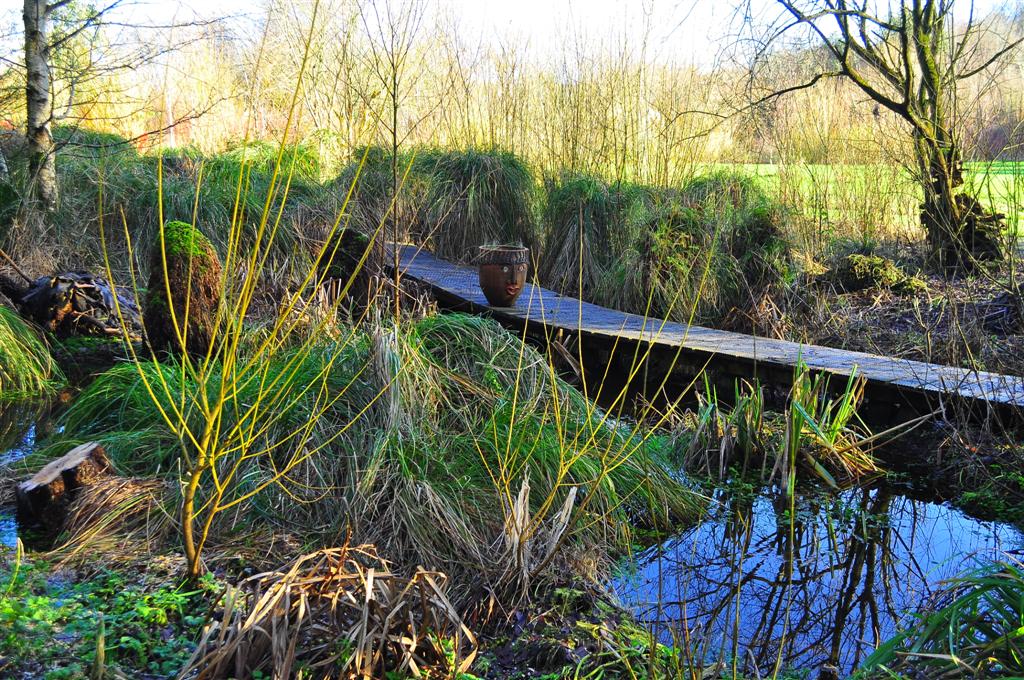

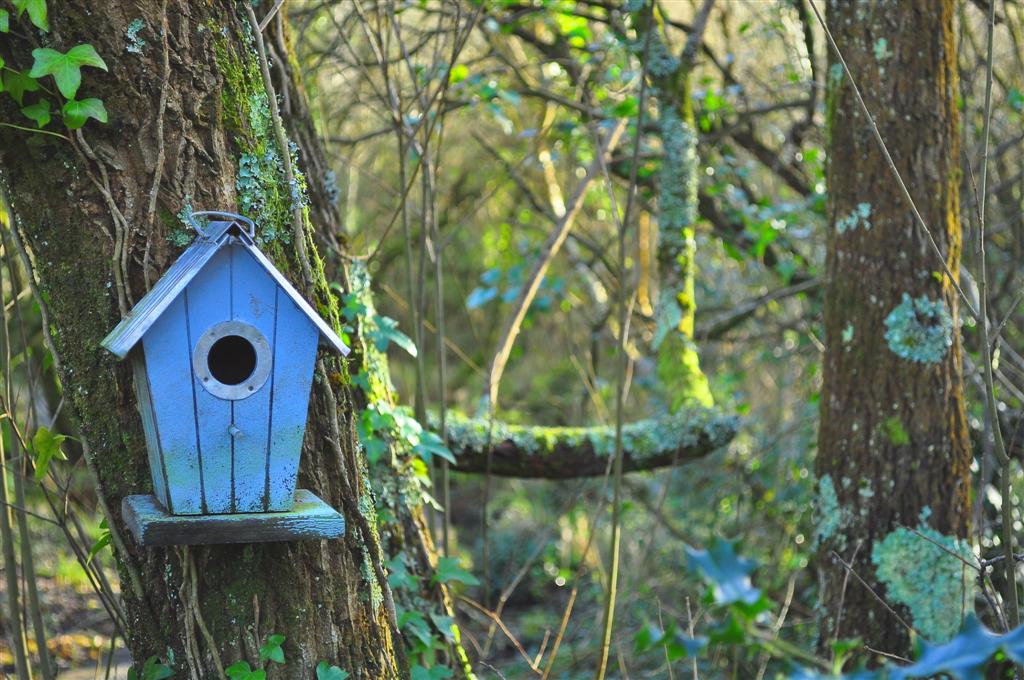
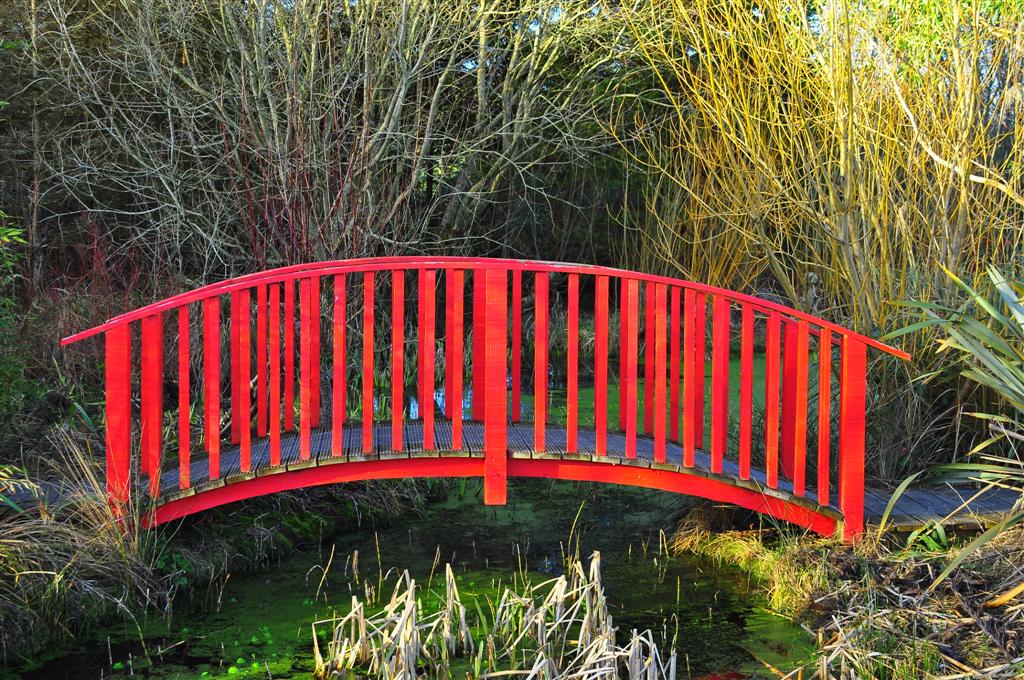

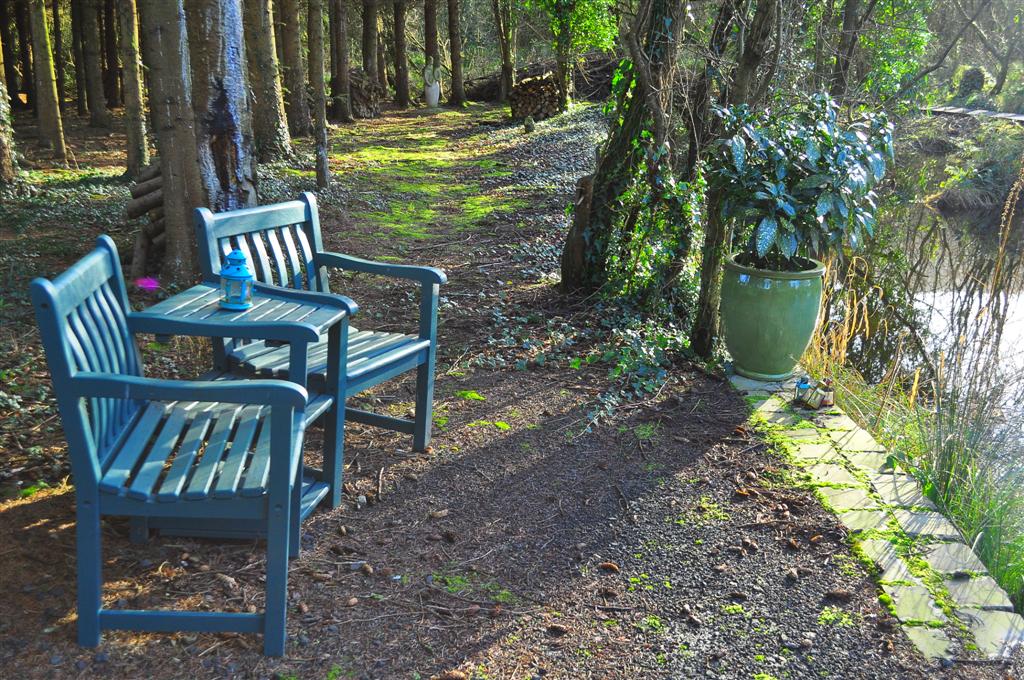
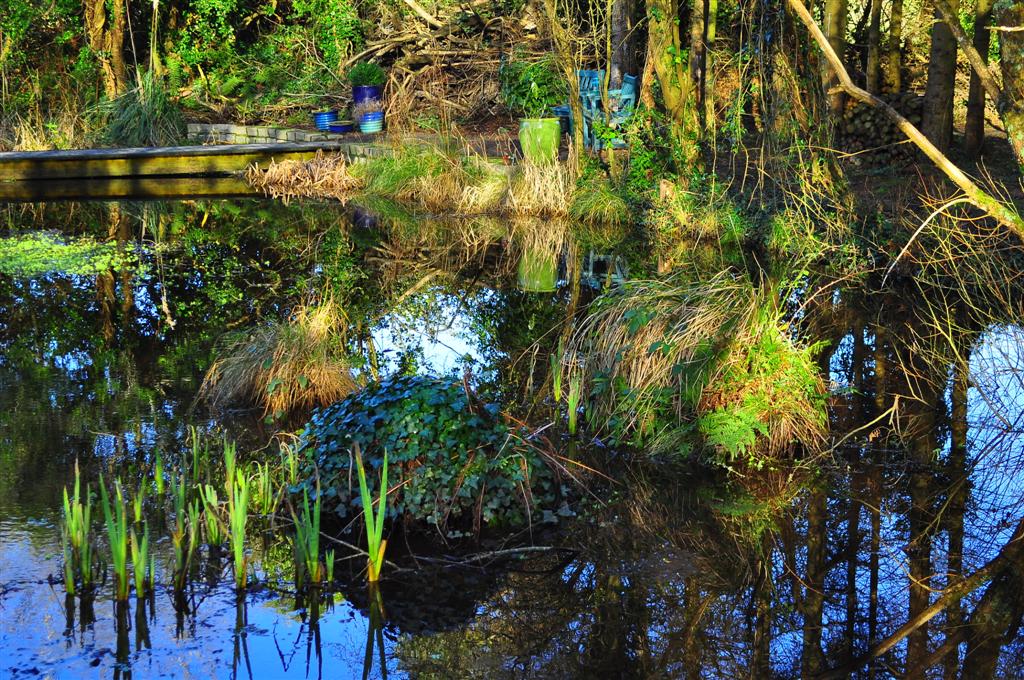
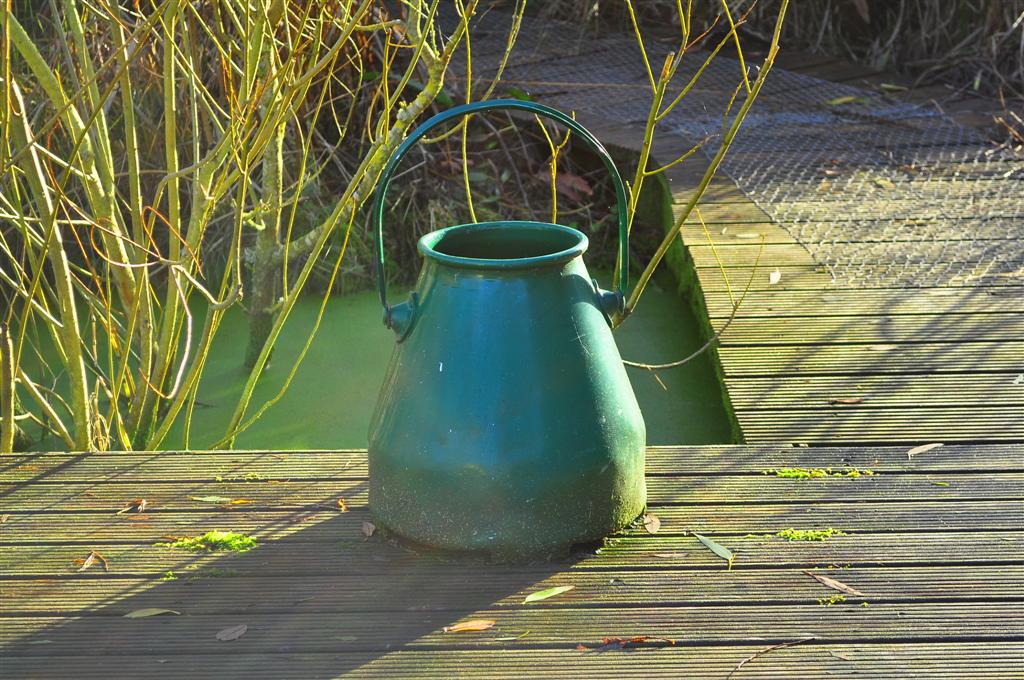
Leave a Reply